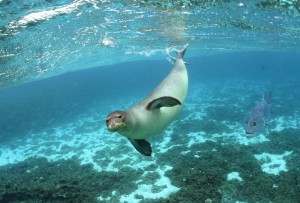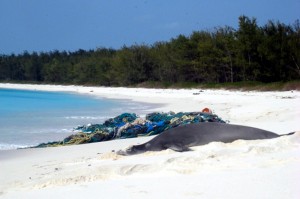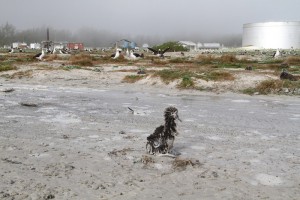 Seeking a more effective model in reporting the challenges affecting conservation of the Mediterranean and Hawaiian monk seals, we have decided to cease publication of The Monachus Guardian as a biannual journal. Perhaps inevitably in this age of cutbacks, lack of funding for the Guardian also proved a contributing factor.
Seeking a more effective model in reporting the challenges affecting conservation of the Mediterranean and Hawaiian monk seals, we have decided to cease publication of The Monachus Guardian as a biannual journal. Perhaps inevitably in this age of cutbacks, lack of funding for the Guardian also proved a contributing factor.
After 26 issues and 13 years, we take this decision with some regret, but believe that the redesigned TMG offers advantages in reporting developments as they happen, as well as allowing publication of articles or features, editorials and letters to the editor on an intermittent basis. Please consult our submissions guidelines for further details.
As a consequence of these changes, requests for submissions and announcements of publication will no longer be sent to existing subscribers by email. Readers seeking timely alerts of newly published articles or news items are encouraged to subscribe to our RSS-feed.
As always, we would look forward to hearing your views, both on The Monachus Guardian itself and monk seal conservation in general.
Needless to say, any leads on possible funding avenues that might keep TMG alive and kicking, would be gratefully received.
— William M. Johnson (Editor) | Matthias Schnellmann (Publisher)




